Familiarity with Treatment
Avastin (bevacizumab) is an anti-VEGF (vascular endothelial growth factor) medication used to treat various retinal conditions, including wet age-related macular degeneration (AMD), diabetic retinopathy, and macular edema. It works by inhibiting the growth of abnormal blood vessels in the retina and reducing fluid leakage.
Procedure Explanation
- Preparation: The eye is numbed with local anesthesia.
- Cleaning: The eye is cleaned with an antiseptic solution to prevent infection.
- Injection: A very thin needle is used to inject Avastin into the vitreous cavity of the eye.
- Completion: The procedure is quick, usually taking only a few minutes, and the eye is monitored for any immediate complications.
Who is it Suitable For?
- Patients with wet age-related macular degeneration (AMD).
- Individuals with diabetic retinopathy.
- Patients with macular edema due to retinal vein occlusion.
- Those with other retinal conditions involving abnormal blood vessel growth.
Who is it Not Suitable For?
- Patients with active eye infections or severe inflammation.
- Individuals with known allergies to Avastin or its components.
- Those with certain systemic conditions that may contraindicate the use of Avastin.
Advantages
- Effective in reducing vision loss and improving visual acuity.
- Minimally invasive with a quick procedure time.
- Can be combined with other treatments for better outcomes.
- Reduces the need for more invasive surgical interventions.
Complications
- Eye infection.
- Detached retina.
- Cataracts.
- Increased intraocular pressure.
- Eye redness, pain, or discomfort.
- Temporary blurry vision or floaters.
Previous Care
- Comprehensive eye examination to determine suitability.
- Discussion of potential risks and benefits with the ophthalmologist.
- Routine monitoring of intraocular pressure and retinal status.
Aftercare
- Avoid rubbing the eyes.
- Use prescribed antibiotic and anti-inflammatory eye drops.
- Avoid swimming and contact lens wear for a few days.
- Regular follow-up visits to monitor healing.
- Temporary use of protective eyewear.
Stay at Hospital?
- This is typically an outpatient procedure, so an overnight stay at the hospital is not required. Patients can usually go home the same day after a brief observation period.

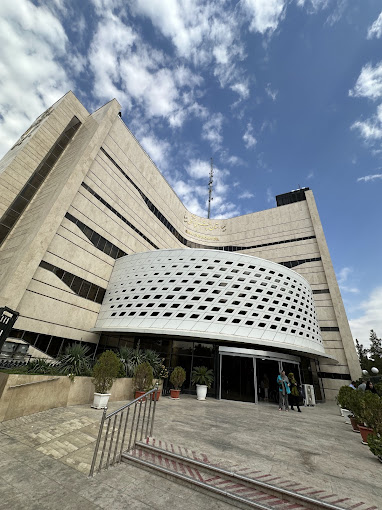
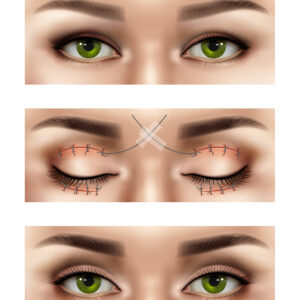
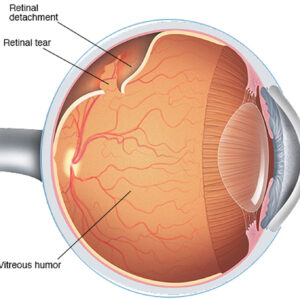
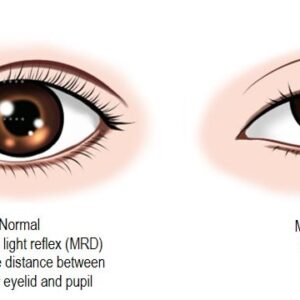

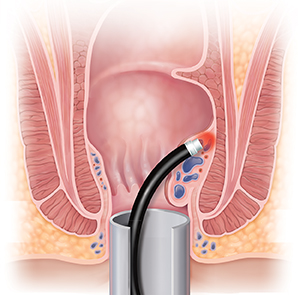
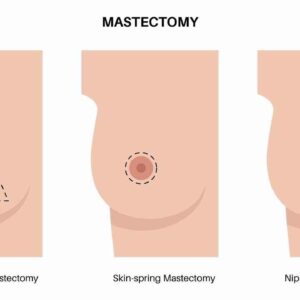
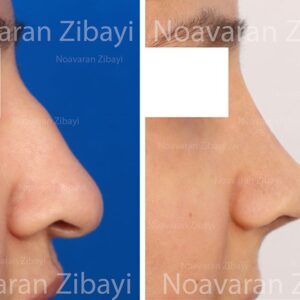
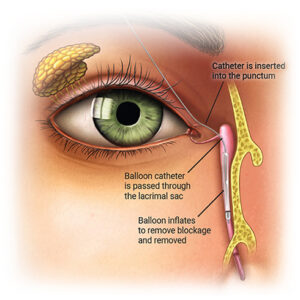
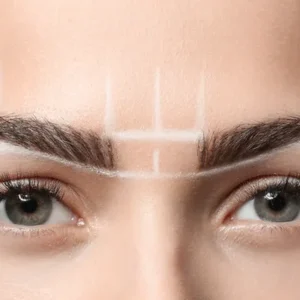
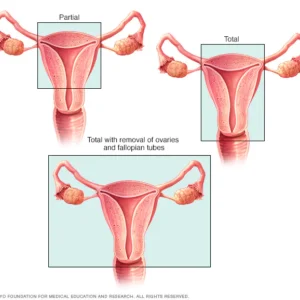
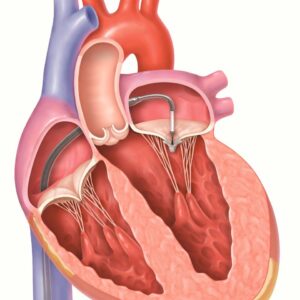
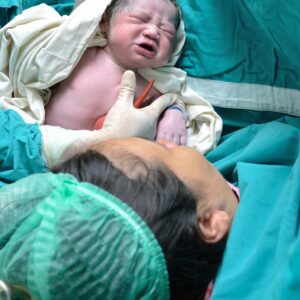
Reviews
There are no reviews yet.